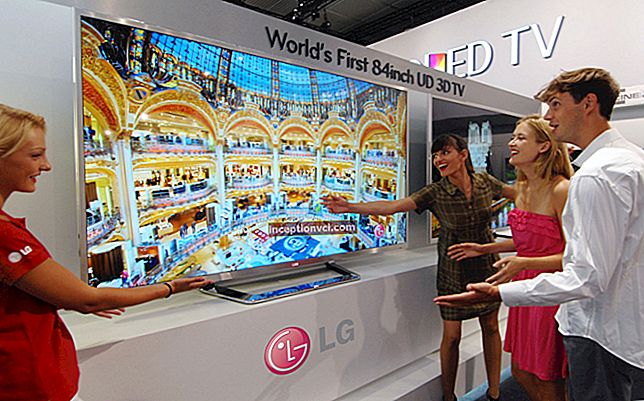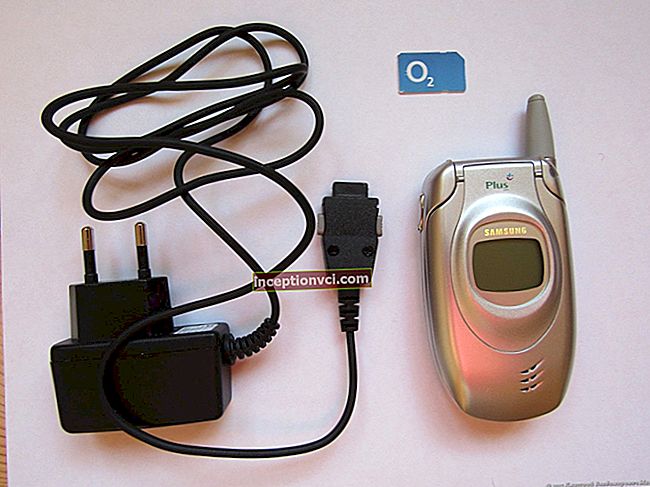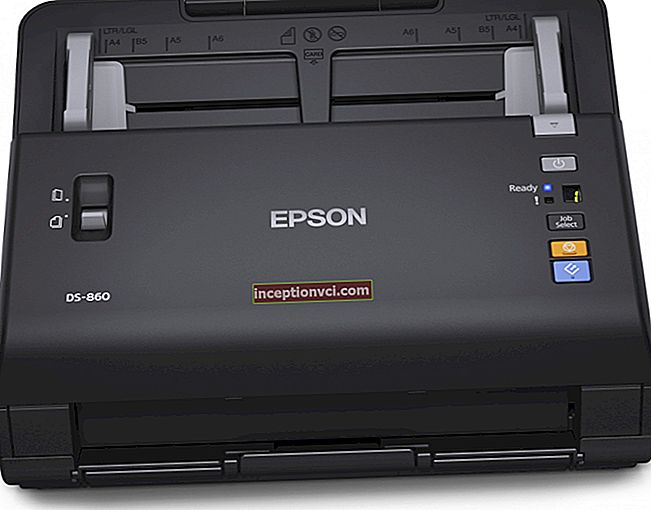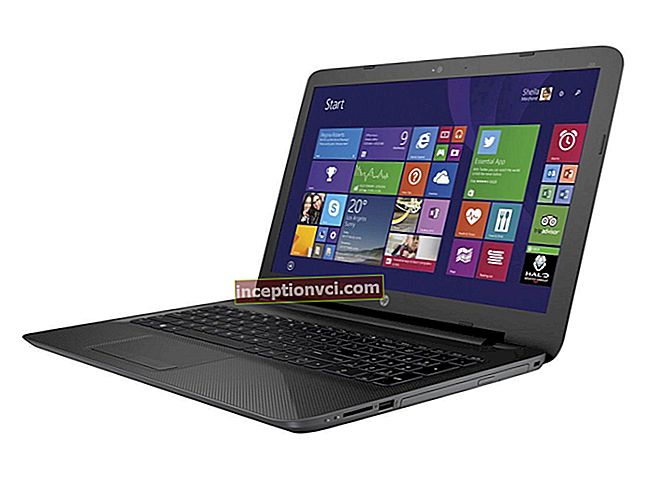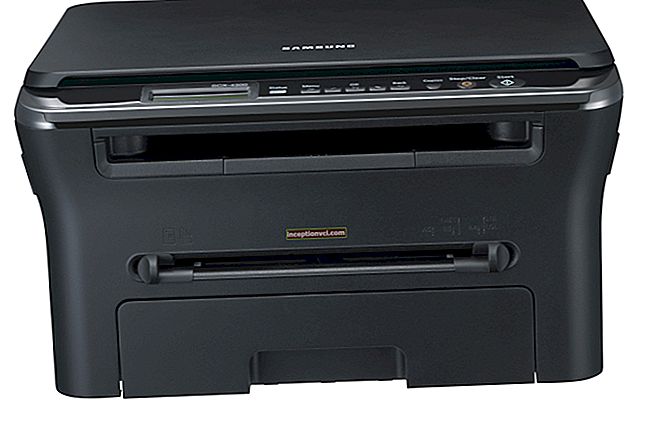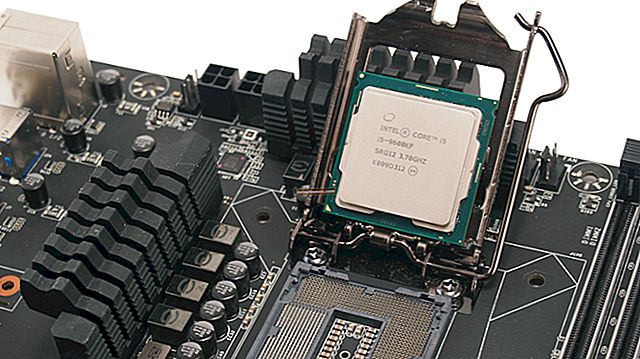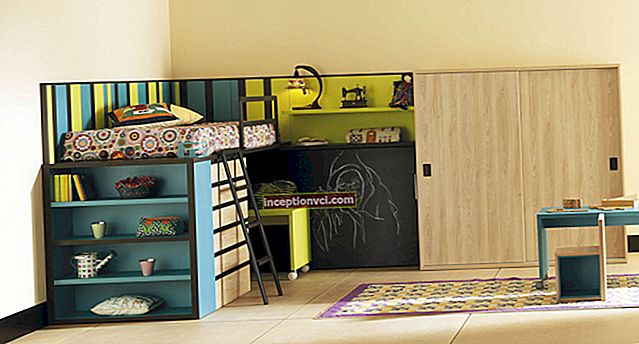In the rapidly growing family of mirrorless cameras, the Ricoh GXR stands out. The original feature of this camera is its modular design. Unlike most photographic equipment with interchangeable lenses, the Ricoh GXR simultaneously replaces the lens, sensor and processor, which are combined into one removable module. Today, several modules of various configurations are produced, as well as a number of additional accessories.
Let's take a closer look at this kind of camera and try to find out how justified the original solutions of Ricoh are.

The Ricoh GXR is sold in a cardboard box made of unpainted packaging cardboard. The packaging is extremely minimalist. In addition to the model name, on the front side you can read a notice in ten languages (Russian is also present) informing about the absence of a camera unit. Unlike DSLRs, which often come with a kit lens, the Ricoh GXR is usually sold in parts. You should pay attention to this when buying, since most online stores supply an unsightly "carcass" with images of the camera in the assembled state.

Complete with the case, the buyer receives a charger with a separate power cord, a battery, USB and AV-TV cables, as well as a small package of paper documentation.

The cost of a replaceable module can significantly exceed the price of a case. This circumstance did not affect the appearance of the package, the same monochrome design was used.
The camera is assembled very easily, which allows replacing modules in a few seconds. For their installation on the body, special guides are provided. The unit is inserted from the side and pushed in until it stops, which is much easier than replacing standard lenses. The electrical connection is made using a multi-pin connector.

Taking the Ricoh GXR in hand, you immediately notice the lightness and strength of the metal case. Despite its compactness, the camera is easy to hold and operate with one hand. Of course, we are talking about using the basic functions; to change the settings, you will have to hold the camera with your other hand. But overall the ergonomics leave a good impression.

The top panel houses a pop-up flash, a lock-on mode dial, a hot shoe, a parameter dial, a power switch, and a shutter release button.

Most of the rear panel is occupied by a three-inch LCD display. It is rigidly built into the body, there is no possibility to change the angle of inclination. The resolution is 920,000 pixels, the brightness, viewing angles and color reproduction are very good. The surface is equipped with an anti-reflective coating. When actively using the camera, it is advisable to provide the screen with a protective film, otherwise it will quickly become covered with numerous scratches.
To the right of the monitor is a five-way joystick and four control buttons. A rather large section of the rear panel, to the right and top of the joystick, has a special anti-friction coating, which significantly increases the grip reliability. In the upper right corner there is a rocker key that serves to control the zoom. Above the display are the DIRECT, OPEN / f and VF / LCD buttons. At the same level, but slightly to the right, is the three-position ADJ control.

On the front panel of the case there is an autofocus illumination lamp, a latch for the electro-optical module and a microphone. The protrusion that plays the role of a handle turned out to be quite large, which only benefits ergonomics. It has a rubber coating with a "leather" texture.

The bottom edge is much smaller than conventional cameras.There was a place on it for the hatch of the battery compartment and a metal tripod socket. These elements are shifted to the right. The memory card is installed next to the battery, like most compacts. If you mount the camera on a tripod, access to the battery and memory card will be blocked. The device uses a proprietary Ricoh DB-90 battery.

Its capacity is 1700mAh, and the operating voltage is 3.6 V. Fully charging the battery, you can count on about 400-450 shots.

The video connectors and USB port of the Ricoh GXR are located on the right side, under the cover. The cover design provides increased protection for the connectors, with each slot having a small rubber plug to virtually eliminate contamination of the miniature contacts. There is a belt eyelet at the top of the panel.

If you look at the left side of the case, without the electro-optical module installed, you can see a second belt eyelet, a solid multi-pin connector and a guide slide.

The plug-in modules are devoid of any buttons or controls. However, their number can seriously puzzle an unprepared user. The camera can hardly be called easy to operate; for the full use of its wide capabilities, it is advisable to read the instructions.
Of course, together with the case, you must purchase the second part of this "photoconstructor". Ricoh offers several solutions with different characteristics. The choice of a removable module should be taken responsibly, since many camera parameters will be determined by its "stuffing".
By installing the Ricoh P10 module, you will get ultrazoom, with all the advantages and disadvantages of cameras of this class. Their presence is due to the small size of the matrix used, which is typical for cameras with powerful zoom.
Ricoh A16 has a more modest focal length range, variable from 24 to 85 mm. It is equipped with a large sensor (23.6 x 15.7 mm) and an excellent optical system. This module turns the Ricoh GXR into a versatile camera suitable for many genres. Of course, these advantages will cost the buyer a serious amount, but in return he will receive excellent image quality.
The Ricoh A12 50mm module has a fixed focal length of 50mm. Losing in versatility, it has excellent optical performance. With the Ricoh A12, you can capture images with excellent detail and depth of field.
In addition to proprietary modules, the Ricoh GXR can work with removable Leica M lenses, such as the Leica Summarit-M or Leica Noctilux-M. A special adapter Ricoh GXR MOUNT A12 is intended for these purposes.
The quality of the images is very different depending on the module used. In fact, by installing one or another optoelectronic unit, you get a completely different camera.
Testing has shown that the use of APS-C modules, for example Ricoh A12 50 mm, allows you to achieve very high quality photos. The pictures are quite consistent with the level of SLR cameras. The image retains detail even at ISO 3200, the noise level remains within acceptable limits. Thanks to the excellent quality of the lens, the picture does not lose sharpness and contrast, even when the aperture is fully open. In addition, when using this module, the camera quickly starts up and focuses. However, the focusing speed drops significantly in macro mode.
When working with the Ricoh S10 24-72mm module, the camera looks more like a regular compact. Turning on and off is accompanied by extending and retracting the lens, the autofocus speed is not very impressive, especially in the wide-angle position of the lens. Anyway, such high-end compacts as the Panasonic Lumix LX5 will leave the Ricoh GXR tandem and the S10 module far behind.
There are also problems with the image quality, especially noticeable after working with the previous module. Noise is present even at relatively low sensitivity values.Distortion appears both in teleposition and wide angle.
You can appreciate the significant difference in the quality of the modules by looking at the fragments of two pictures below. Both are made at ISO 400, under the same lighting conditions.
Ricoh A12 50 mm

Ricoh S10 24-72 mm

The Ricoh GXR is a pleasure to drive and has few competitors in this regard. All basic settings can be changed both by buttons and via the menu. Separate control buttons are provided for changing ISO sensitivity, aperture settings, shutter speed, zoom, white balance, viewing and deleting photos, exposure compensation, activating the self-timer and switching to macro mode. It is possible to control the focus and quality of the saved photo. Several buttons can be programmed to perform the desired functions.
You can shoot either in automatic mode or by manually adjusting the shooting parameters. There are shutter and aperture priority modes, fully manual mode, a number of scene programs (portrait, landscape, sports, skew correction, HDR and others). Modes are switched using a special disk. It is equipped with a push-button lock, which eliminates the possibility of accidental mode change.
The Ricoh GXR menus are clearly structured to make the camera much easier to use. Even after a short acquaintance, you begin to intuitively understand where this or that menu item is. The monitor resolution allows you to display up to 10 points at a time.
The menu is divided into three groups. The first includes shooting settings. In this submenu, you can change the settings for exposure, focus, white balance, noise reduction, flash output, self-timer, and the quality of the saved image.

The main individual settings are configured in the second menu group.

This is where the user assigns the parameters that the programmable buttons will be responsible for.

The third submenu is called "Settings". It sets such camera parameters as sound volume, language, automatic shutdown time, screen brightness and others.

There is another submenu that appears when selecting scene programs.
The recording time for individual frames is about 0.5 seconds. While recording to the memory card is in progress, you can continue shooting, there is no braking or display off. RAW file recording takes about one second. Burst speed depends on the module used. With the Ricoh A12 50 mm, it reaches three frames per second, but as soon as it was replaced with the Ricoh S10 24-72 mm, the speed almost halved. The RAW and JPEG series are only limited by the capacity of the memory card.
The Ricoh GXR has solid post-processing, cataloging and image viewing capabilities. Up to 81 preview icons can be displayed simultaneously on the camera display or the image can be enlarged sixteen times. Such operations are available as rotation and resizing of a picture, cropping, viewing a slideshow with musical accompaniment. You can use tools such as “Levels” and perspective control, which are familiar to Photoshop users.
During playback, pictures are automatically rotated to match the orientation of the camera. The instant zoom function is available, which is very convenient when assessing the quality of focus. The magnification factor can be adjusted.
The GXR boasts a very wide range of metering and focusing modes, with manual focusing, spot focusing and Snap mode, which allows you to choose the approximate distance to the subject. The Full Press Snap function allows you to take a picture at a pre-selected focusing distance, and predictive focusing reduces focusing time to a minimum, as the camera focuses on focus even before the shutter is released. This process takes place thanks to the analysis of 256 segments, into which the automation divides the frame field.In addition, multi-segment metering allows the camera to excel at assessing white balance in automatic mode. Even with challenging lighting conditions, color reproduction remains at its best, and portrait photos are distinguished by the correct skin tones.
Conclusions.
The Ricoh GXR camera has undeniable advantages, which include high-quality materials and excellent workmanship, thoughtful and convenient operation, as well as a wide range of customization options. The image quality is also quite high, but this is only true when using modules based on the APS-C matrix.
The Ricoh GXR is one of the most unusual cameras on the market today. Distinguished by a very high quality and convenience, it is unlikely to become a companion of an ordinary amateur who snapping trivial pictures for a family photo album. Firstly, the cost of a set of a body and an electro-optical module will scare off most buyers, since for this amount you can buy an entry-level SLR camera.
Secondly, in order to exploit the rich potential of the Ricoh GXR, you must have a solid background in photography. In addition, understanding the purposes for which the camera is being purchased is essential. For example, it can be viewed as a budget solution for working with Leica M lenses, or paired with a DSLR as an additional camera.
